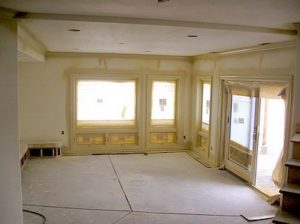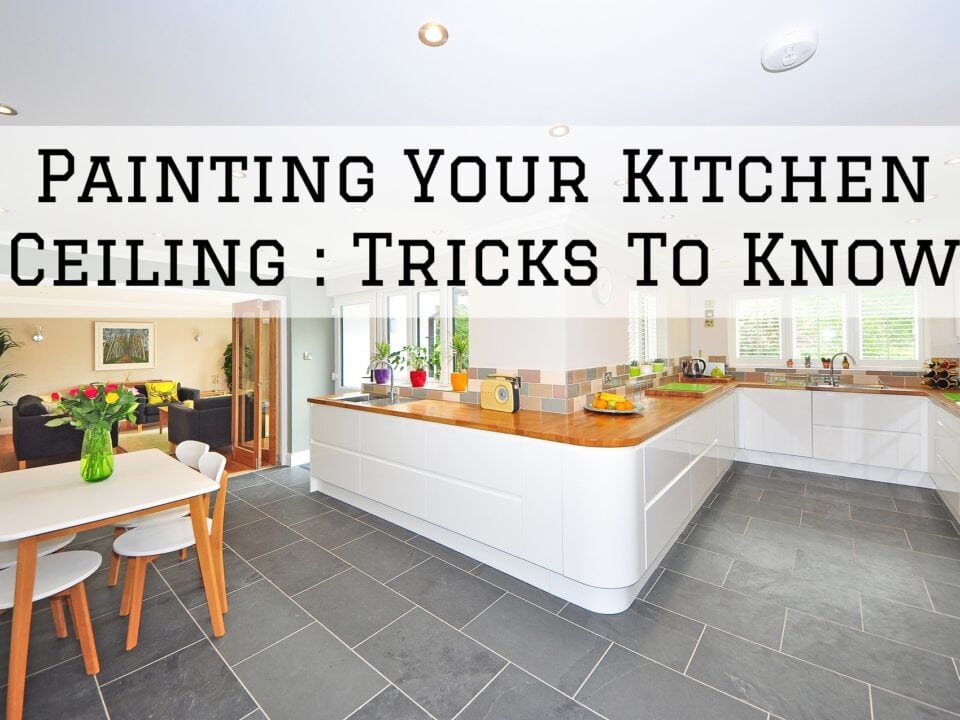3 Steps To Paint the Interior Trim of Your Room
Spackles, Bondo and Marine Filler
October 22, 2015Top 4 Steps to Follow When Painting Interior Walls
October 26, 2015Painting interior trim is a little more tricky than the walls or ceilings in your home. Because your doors, frames, cabinets and windows are usually done with a higher gloss paint, it is important to be sure the surfaces are prepared and coated properly or your attention will be drawn to all the flaws (brush marks, hair/dirt in the dried film…or God forbid, bad adhesion and peeling!
With careful application of proper techniques, you can get a beautiful finish. The trim in your home can really make your walls pop! I recommend that you buy the best trim paint you can afford….there is a big difference in how top quality paint applies , feels when dry and its performance over the long haul. 
What are the keys to painting your trim:
Choose Right Paint and Brushes:
Previously, alkyd (oil) based paints were popular among the homeowners for their high quality hard and smooth finish with great adhesion. Old oils tend to yellow quite a bit though, so any touch ups , even a few months later, will show.
However, modern acrylic (water based) paints are really a great choice for most projects. With a top quality trim paint, you can achieve a smooth, rich and very durable finish. Acrylic paints are also easy to apply and clean up with soapy water. Furthermore, acrylic paints are environmentally friendly and hence, they pose a little health hazard since they have little, if any, odor. Plan on spending $40-$60 for a gallon of good acrylic trim paint. I also recommend a retarder like XIM Extender to “thin” the material if it is drying to quickly before flowing out. The extender retards dry time and allows the paint to flow out and brush marks disappear.
Just like the paint, you also need to choose the perfect brush for the paint job. I prefer premium grade “Chinex” bristles which are available from the major manufacturers like Wooster, Purdy or Corona. Pay for a good brush ($25-30), and maintain it/clean it. It will be an investment you will enjoy. For painting narrow trim a 2 1/2 ” angled sash brush is good. I also keep a 3 1/2″ angle sah for brushing out larger projects like door faces. Here is an old painters trick: use a roller to get the paint onto the trim and then brush it out….a big time saver!
Maintain Proper Paint Order:
When you going to paint your walls, ceilings and trim together, here is the order I prefer: paint the trim first, then when it is dry, tape it off and seal the tape edge( Crisp lines sharp trim edges) When the trim is properly taped and masked off, paint the ceiling and then the walls. When you pull the tape/masking off the trim, you will have sharp clean color transitions! You are a pro!
Apply Paint Smoothly:
The keys here are to
- Have your surface, your paint and your roller/brush clean, clean, clean!
- Thin the paint slightly with a retarder such as XIM Extender. This will help the paint flow out and reduce brush marks and roller stipple
- You can use the roller (a small weenie 6″ roller is best) to cover a 4-6′ length of trim and then brush it out to an even thickness. More tips and tricks





1 Comment
[…] More on painting your trim […]